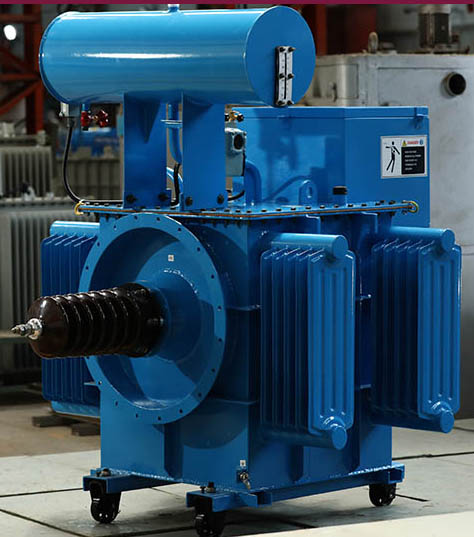As industries strive for cleaner operations, electrostatic precipitators (ESPs) are emerging as pivotal performers in emission control. They are the unacknowledged entities battling industrial air pollution.
Let’s discuss electrostatic precipitators, the pollution fighters and explore their significant role in industrial emission control.
So, whether you are a leading manufacturer or an environmental engineer seeking the latest technology, these insights are for you. This blog explores the trends, innovations, and forecasts that will shape the international ESP market from 2025 to 2035—what drives demand and what’s next.
Let’s break it down!
First things first!
So, what’s driving the ESP Market forward?
Nations around the globe are pulling emission norms, specifically in industries such as power generation, cement, steel, and chemicals, to achieve cleaner air. Parallel to this, electrostatic precipitators have become non-negotiable. As a result, enterprises are adopting cleaner technologies and encouraging companies to modernise their old dust collection methods.
Key Statistics and Projections
- The global electrostatic precipitator market is projected to reach USD 12–15 billion by 2035.
Regional insights:
- Asia-Pacific:Expected to exceed USD 7.1 billion by 2032
- North America:US market projected ~5% CAGR to 2032
- The Asia-Pacific region continues to dominate, thanks to rapid industrial growth in China, India, and Southeast Asia.
- Wet ESPsare gaining popularity in applications where moisture-rich exhaust is prevalent.
What’s Trending in ESP?
Let’s understand!
- Smart ESPs Are On the Rise
Today’s ESPs are smarter and are integrated with technologies like— real-time monitoring, AI, and systems that can predict maintenance before it starts costing you. These reduce technical hiccups and maintenance costs, contributing to overall increased efficiency.
- Retrofitting Is the New Buying
Retrofitting existing ESP systems rather than replacing them has become a more cost-effective option where budgets are tight, and sustainability is a key target. Retrofitting offers a high return on investment (ROI) and extends equipment life by a decade or more.
- Carbon Capture Integration
ESPs aren’t just about dust; they are a key part of a bigger climate strategy and pre-treatment systems for flue gas. ESPs efficiently remove fine particulates before the CO₂ capture process begins, ensuring the system works optimally.
Yes, There Are Challenges. But Let’s Focus on the Possibilities
The ESP market comes with these speed bumps:
- High installation and maintenance costs
- Technological complexity
- Competition from baghouse filters
However, these limitations still spark innovation by motivating manufacturers to think smarter and innovate. Currently, the emphasis is on consolidated ESPs, modular designs, and AI-driven automation, which fuel better, more innovative, and more accessible ESPs.
In Essence
With rising technological innovations and a growing need for cleaner air, industries are investing in Electrostatic precipitators to lead the way into a new era of emission control.
If you are prepared to update your dust collection strategy, now is the time to perform.
Explore new-generation ESP solutions at Ador and stay up-to-date with regional regulations.
Ready to see cleaner air and clearer savings? Contact us now!









